How are sex cells produced
Human Sex Cell Anatomy
Sex Cell Production
Sex Chromosomes
Key Takeaways
- Sexual reproduction occurs through the union of sex cells or gametes.
- Gametes differ widely in males versus females for a given organism.
- For humans, male gametes are called spermatozoa while female gametes are called ova. Spermatozoa are also known as sperm and ova are also known as eggs.
- Sperm cells are produced through the process of spermatogenesis. Egg cells are produced by oogenesis.
- Sperm are highly motile and have three regions: head, mid-piece and tail. Ova are large round cells.
- Meiosis is the process by which both sperm and eggs are produced.
- In humans, sperm cells contain either one X chromosome or one Y chromosome. Egg cells always contain one X chromosome. Thus, sperm cells are heterogametic, while egg cells are homogametic.
Gametes are an organism's reproductive cells. They are also referred to as sex cells. Female gametes are called ova or egg cells, and male gametes are called sperm. Gametes are haploid cells, and each cell carries only one copy of each chromosome. These reproductive cells are produced through a type of cell division called meiosis. During meiosis, a diploid parent cell, which has two copies of each chromosome, undergoes one round of DNA replication followed by two separate cycles of nuclear division to produce four haploid cells. These cells develop into sperm or ova. The ova mature in the ovaries of females, and the sperm develop in the testes of males. Each sperm cell, or spermatozoon, is small and motile. The spermatozoon has a flagellum, which is a tail-shaped structure that allows the cell to propel and move. In contrast, each egg cell, or ovum, is relatively large and non-motile. During fertilization, a spermatozoon and ovum unite to form a new diploid organism
©Aah.Towfiq
®Atps.Plus™call:- +8801978698786
:max_bytes(150000):strip_icc():format(webp)/gametes-56a09b873df78cafdaa33027.jpg)
:max_bytes(150000):strip_icc():format(webp)/Four-Daughter-Cells-58dc0cb63df78c5162724702.jpg)
:max_bytes(150000):strip_icc():format(webp)/x-y_sex_chromosomes-59f38df8054ad90010e5a1ef.jpg)
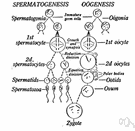
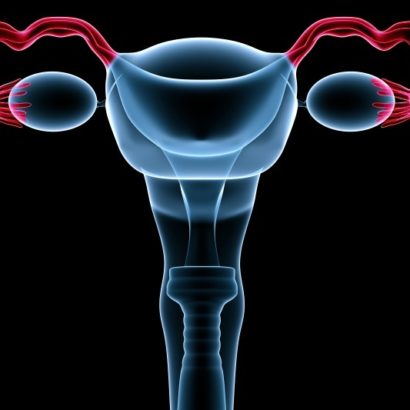
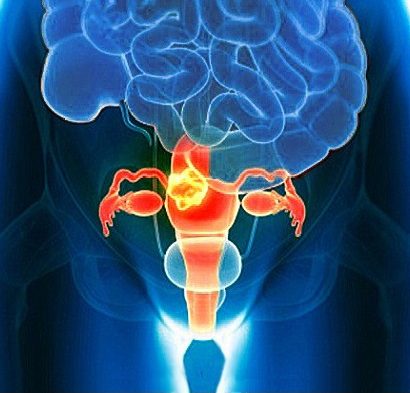
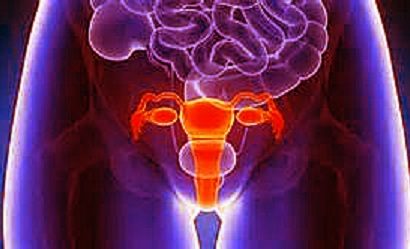

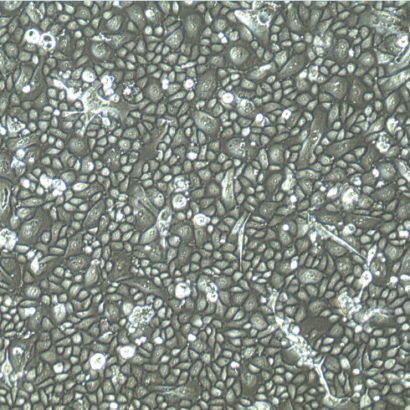
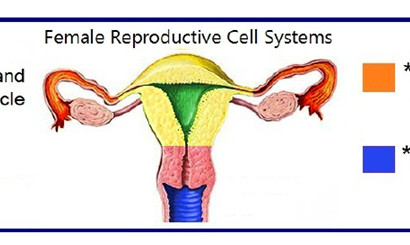







Comments
Post a Comment
Here all information related to medical and doctoral health is published. Visit any of these languages in your language to see your language.